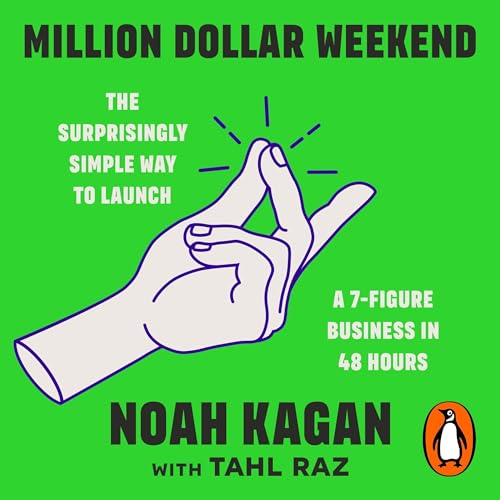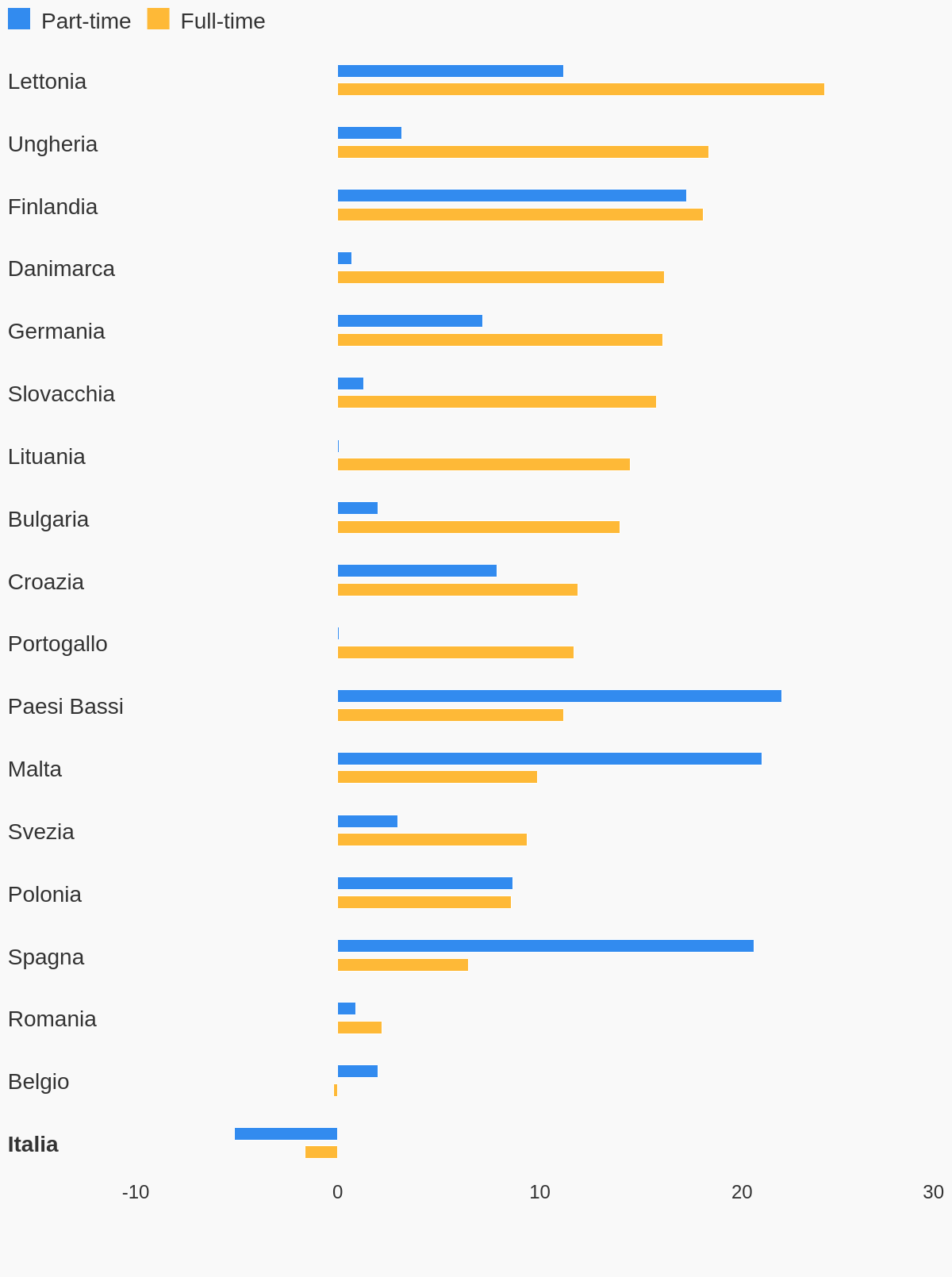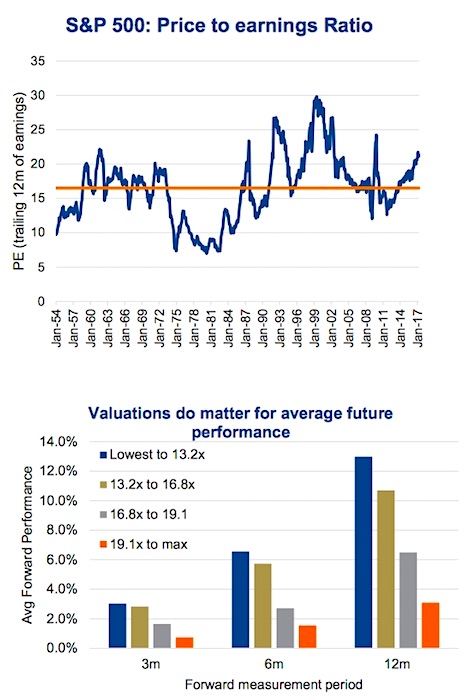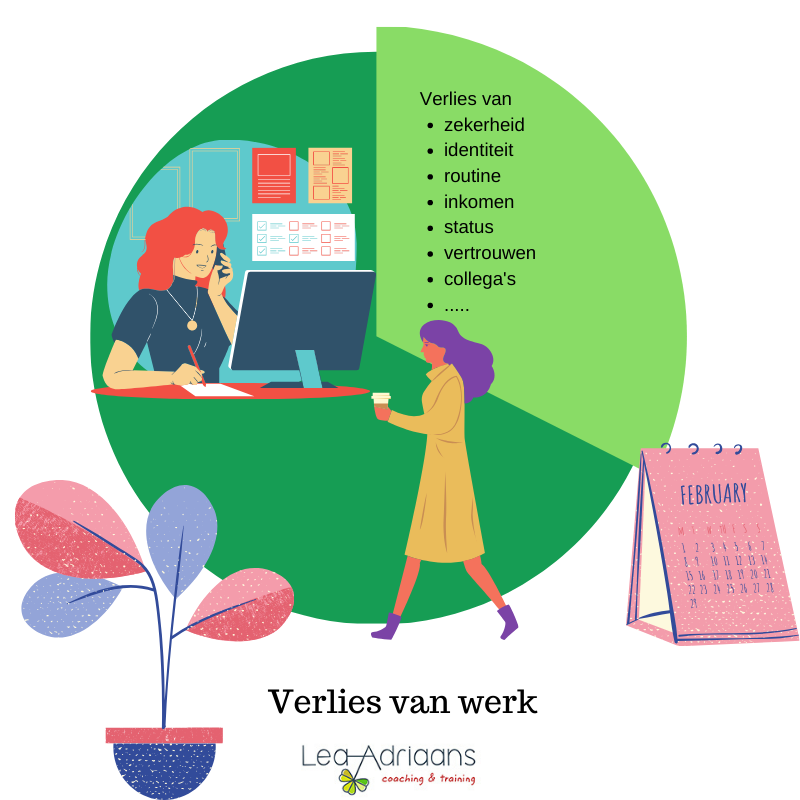Understanding AI's "Thought" Processes: A Surprisingly Simple Reality

Table of Contents
AI Doesn't "Think" Like Humans: The Importance of Algorithmic Processing
The fundamental difference between human cognition and AI lies in their approach to problem-solving. While humans use intuition, emotions, and accumulated life experiences to navigate the world, AI relies on a fundamentally different mechanism: algorithmic processing.
- Humans use intuition, emotions, and experiences: We make judgments based on gut feelings, emotional responses, and past memories.
- AI relies on algorithms, data, and statistical analysis: AI systems process vast amounts of data according to pre-defined rules and procedures.
- AI's "decisions" are outputs based on input data and pre-programmed rules: There's no subjective interpretation or personal bias involved (ideally).
Machine learning plays a vital role in refining these algorithms. Through exposure to more data, AI models can improve their accuracy and efficiency. This involves the use of various algorithms, including:
- Decision Trees: These algorithms create a tree-like model of decisions and their possible consequences.
- Neural Networks: Inspired by the structure of the human brain, these complex algorithms process information through interconnected layers of nodes.
The Power of Pattern Recognition: How AI Learns and Predicts
At the heart of many AI systems lies the ability to identify patterns within massive datasets. This pattern recognition is the key to AI's predictive capabilities. The process typically involves several steps:
- Data preprocessing and feature extraction: Raw data is cleaned, transformed, and organized to make it suitable for analysis.
- Training models using supervised, unsupervised, or reinforcement learning: AI models learn from data using different techniques depending on the type of problem. Supervised learning uses labeled data, while unsupervised learning explores unlabeled data to find patterns. Reinforcement learning involves training an AI agent to make decisions in an environment.
- Model evaluation and refinement: The model's performance is evaluated, and adjustments are made to improve its accuracy.
Consider spam filtering: AI algorithms identify patterns in emails (words, phrases, sender addresses) to classify them as spam or not spam. Similarly, image recognition systems identify patterns in pixel data to recognize objects and faces. However, it's crucial to acknowledge the limitations of pattern recognition. Bias in the training data can lead to skewed or unfair outcomes, highlighting the importance of responsible AI development.
Probability and Statistics: The Foundation of AI Decision-Making
Probability and statistics underpin AI's decision-making processes. AI doesn't provide definitive answers but rather estimates probabilities based on available data.
- Bayesian inference: This statistical method updates probabilities as new evidence becomes available.
- Predictive modeling: AI algorithms create models to predict future outcomes based on past data.
- Uncertainty quantification: AI systems often express their predictions with confidence levels, acknowledging the inherent uncertainty in predictions.
For instance, in self-driving car navigation, the AI system constantly assesses probabilities of different events (pedestrian crossing, car braking, etc.) to determine the safest course of action. Confidence intervals represent the range within which the AI expects the true value to fall, conveying the reliability of its predictions.
Demystifying Deep Learning: Neural Networks and Their "Thinking"
Deep learning, a subset of machine learning, utilizes artificial neural networks to analyze data. These networks consist of multiple layers of interconnected nodes, each performing a simple calculation.
- Layers of interconnected nodes: Data flows through these layers, with each layer extracting progressively higher-level features.
- Weight adjustment through backpropagation: The network learns by adjusting the connections between nodes based on errors in its predictions.
- Use of activation functions: These functions introduce non-linearity, enabling the network to learn complex patterns.
Deep learning powers many applications, including natural language processing (e.g., language translation, chatbots) and object detection (e.g., facial recognition, autonomous vehicles). However, the complexity of deep learning models raises the "black box" problem: it's often difficult to understand exactly how a deep learning model arrives at its conclusions. This has led to increased research in explainable AI (XAI) to make these processes more transparent.
Understanding AI's "Thought" Processes – A Path Forward
In summary, AI's "thinking" isn't akin to human cognition; instead, it relies on sophisticated algorithms that process data statistically, identifying patterns and making predictions. The surprising simplicity of these underlying mechanisms—probability, statistics, and pattern recognition—belies the power and complexity of their applications. While AI doesn't "think" in the human sense, its ability to learn and predict is remarkably effective.
Continue your journey into the fascinating world of artificial intelligence. Understanding AI's "thought" processes is key to harnessing its potential responsibly. Learn more about AI development and ethical considerations [link to relevant resource].

Featured Posts
-
 Il Divario Di Genere Sul Lavoro Analisi E Prospettive Future
Apr 29, 2025
Il Divario Di Genere Sul Lavoro Analisi E Prospettive Future
Apr 29, 2025 -
 Secret Service Investigation Ends Cocaine Found At White House
Apr 29, 2025
Secret Service Investigation Ends Cocaine Found At White House
Apr 29, 2025 -
 Understanding High Stock Market Valuations A Bof A Analysis
Apr 29, 2025
Understanding High Stock Market Valuations A Bof A Analysis
Apr 29, 2025 -
 Nyt Spelling Bee February 10 2025 Solutions Answers And Pangram
Apr 29, 2025
Nyt Spelling Bee February 10 2025 Solutions Answers And Pangram
Apr 29, 2025 -
 A Look At The Rise Of Older Viewers On You Tube
Apr 29, 2025
A Look At The Rise Of Older Viewers On You Tube
Apr 29, 2025
Latest Posts
-
 Het Einde Van Een Icoon Thomas Mueller En Bayern Muenchen Gaan Uit Elkaar
May 12, 2025
Het Einde Van Een Icoon Thomas Mueller En Bayern Muenchen Gaan Uit Elkaar
May 12, 2025 -
 Het Afscheid Van Thomas Mueller Een Bittere Pil Voor Bayern Muenchen
May 12, 2025
Het Afscheid Van Thomas Mueller Een Bittere Pil Voor Bayern Muenchen
May 12, 2025 -
 De Vernedering Van Kompany Analyse Van De Mislukking
May 12, 2025
De Vernedering Van Kompany Analyse Van De Mislukking
May 12, 2025 -
 Kompanys Team Lijdt Vernederende Verlies
May 12, 2025
Kompanys Team Lijdt Vernederende Verlies
May 12, 2025 -
 Bitter Einde Voor Bayern Muenchen Het Vertrek Van Thomas Mueller
May 12, 2025
Bitter Einde Voor Bayern Muenchen Het Vertrek Van Thomas Mueller
May 12, 2025
